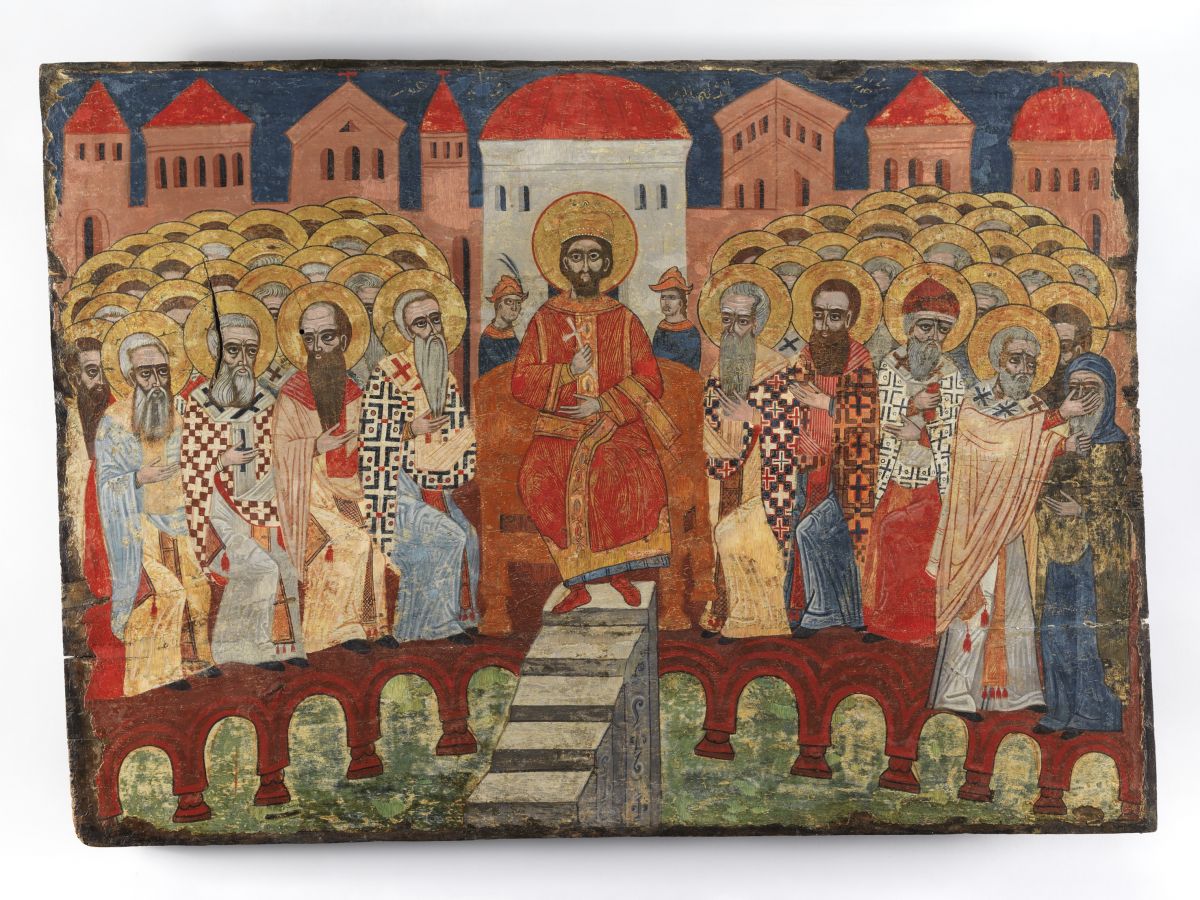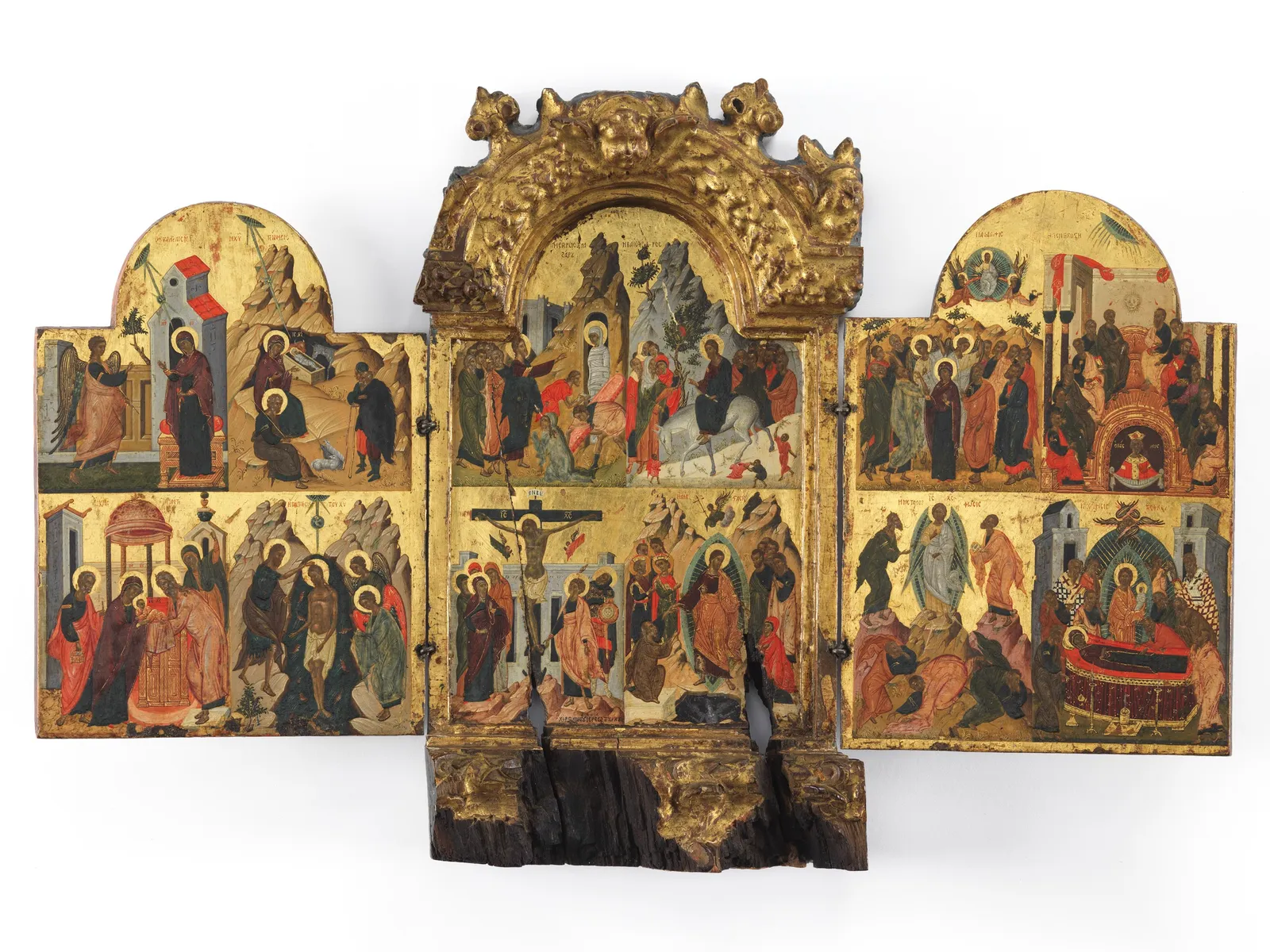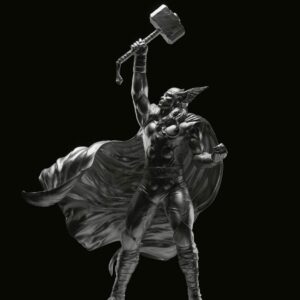Paris has always had a flair for the dramatic. But in a move that feels as stylish as it is historic, the Louvre Museum (Instagram) is turning the spiritual into the spectacular with the acquisition of 272 Byzantine and Eastern Christian icons—each one shimmering with centuries of devotion, intrigue, and artistic flair.
The collection, amassed over decades by Lebanese collector Georges Abou Adal and later expanded by his son Freddy, is more than just a treasury of sacred art—it’s a masterclass in continuity, family legacy, and transcendent beauty. And yes, it’s giving high drama in gold leaf.

From delicate Levantine renderings of saints in ornate robes to theatrical depictions of councils, martyrdoms, and miracles, the icons date from the 15th to the early 20th century, sweeping across regions from Greece and Russia to Syria, Lebanon, and Jerusalem. These are not your Sunday school visuals—these are mood boards of mysticism, crafted by master painters like Michael Damaskinos and the Kontaris brothers, and now preparing to make their grand debut on the most glamorous art stage of all.
But this isn’t just about aesthetics (though we could talk about the jewel-toned palettes and stylised halos all day). With this acquisition, the Louvre is setting the scene for a new Department of Byzantine and Eastern Christian Art—set to open in 2027. Housed in the museum’s Denon Wing, the 2,200 square metre space will hold 20,000 works that stretch from Ethiopia to Russia and from the 3rd century to the early modern era. Yes, you heard that right: the Louvre is going East, and it’s going big.

Among the highlights? An icon of the First Council of Nicaea that feels like a holy Renaissance dinner party. A “Feast of Orthodoxy” painting that celebrates the defiant, fabulous return of sacred imagery after centuries of iconoclasm. And narrative “vita-icons” of saints like James the Persian that serve full editorial storytelling in every brushstroke. Think Euphoria meets the Ecumenical Council.
What’s more, the Louvre is doing it right—teaming up with the Collège de France and the École du Louvre for an international symposium titled In Flesh and Gold (April 2025), which promises to unpack the icon’s place in both history and the now. Because this isn’t all about religious art—it’s about power, image, identity. It’s about how we see ourselves in the divine.
So, if your idea of spiritual enlightenment includes a little bit of drama, a lot of style, and a whole lot of cultural weight—Paris in 2027 just became your next pilgrimage.
For more stories of art and culture, visit our dedicated archives.












